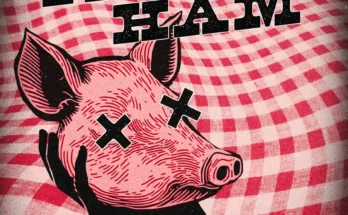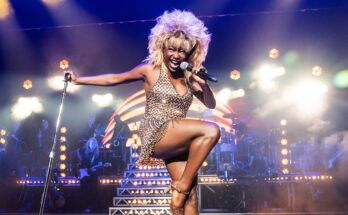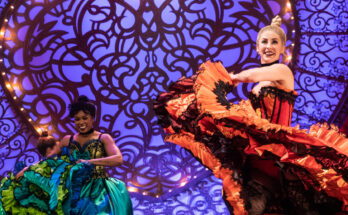Avenue X is a new musical, but its a cappella score honors a musical form that’s more than 50 years old. In honor of the original doo-wop music you’ll be hearing tonight, here’s a look at what inspired it.
What is doo-wop music?
A form of rhythm and blues or rock ’n’ roll music that uses repeated nonsensical syllables sung in harmony to create a background rhythm. Doo-wop groups typically consisted of four to six singers of different vocal ranges, including a falsetto tenor, a second tenor, a baritone and a bass. Sometimes there was an additional lead singer who wasn’t a group member; sometimes the lead singer was part of the group.
Where did it come from?
Legend has it that doo-wop was born on a street corner, somewhere in New York, Philadelphia, Chicago, Baltimore or Pittsburgh in the 1940s. For a while, it was the dominant form of street music in those cities. Most doo-wop groups met in school or African-American churches when they were still teenagers and started singing as a friendly pastime (and to impress members of the opposite sex). Eventually, these bands started recording their songs and getting airplay on local radio stations, which led to a nationwide craze.
Why is it called doo-wop?
It was the frequency with which harmonious groups sang “doo-wop” in the background of songs that gave the genre its name, but it’s unclear which radio deejay first coined the phrase “doo-wop music.” In 1954, The Dundees sang “doo-wop” in the chorus of the song “Never” — the first recorded song to feature the nonsense syllables. The Turbans chanted “doo-wop” several times in their 1955 Top-40 recording of “When You Dance.” In 1958, The DeVilles recorded a song called “Do-Wop.” The Velvets chanted the syllables on their hit 1961 recording of “Tonight (Could Be the Night).” And the list goes on and on. But the origins of doo-wop can be traced back to a 1930 recording of Duke Ellington’s “It Don’t Mean a Thing if it Ain’t Got That Swing” with its chorus of boppy nonsense sounds and — even earlier — to Stephen Foster’s “doo-dah” lyrical fill in his song “De Camptown Races” (1850).
When was it popular?
In the 1950s, the popularity of African-American groups like The Penguins (“Earth Angel”) and The Platters (“Only You”) began to introduce doo-wop to white audiences. But it was Frankie Lymon and the Teenagers’ 1956 hit “Why Do Fools Fall in Love?” that made doo-wop a part of mainstream culture. Soon, racially integrated groups like the Del-Vikings (“Come Go With Me”) and The Marcels (“Blue Moon”) started touring America. All-white (mainly Italian-American) doo-wop groups followed. They were popular in the late 1950s and early 1960s, and their big hits included “A Teenager in Love” by Dion and the Belmonts. When the British Invasion hit America in 1964, musical tastes shifted and doo-wop started to fall out of favor.
What other groups did it influence?
Believe it or not, doo-wop lives on in popular music from artists as diverse as Led Zeppelin (“Dyer Maker”), Billy Joel (“The Longest Time”), Frank Zappa (“Fine Girl”) and the Red Hot Chili Peppers (“Someone”). Punk bands, such as the Misfits and The Ramones also incorporated doo-wop into their songs.
Sources: The Doo-Wop Society of Southern California (electricearl.com), Wikipedia.com



